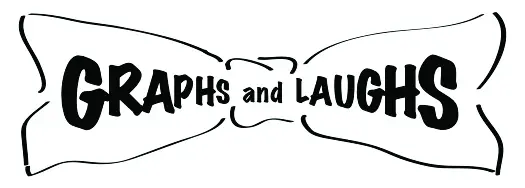70 Words
Despite higher premiums, reduced coverage, higher deductibles, and leaving entire states, over the last decade insurers paid more in homeowners insurance claims than they collected in premiums. Recently, this has been meaningfully exacerbated by rising reinsurance rates that insurers pay…
Read MoreWhile April core capital expenditures, defined as nondefense capital goods excluding aircraft, rose 0.3% M-o-M, March was revised down to -0.1% M-o-M. Moreover, Y-o-Y capex is now growing just 0.5% Y-o-Y, has been barely positive since 6/23, and inflation-adjusted has…
Read MoreThe Friday File: Originally known as Decoration Day, as Americans decorated Civil War soldiers’ graves on 5/30, Memorial Day became an official national holiday, and its date was made the last Monday in May, effective 1971. This year, 43.8 million…
Read MoreIn 2019, the number of S&P 500 firms mentioning inflation during their earnings calls averaged 129/quarter. In 20Q1, it collapsed to 58, but then steadily rose through 22Q2 when it reached 412. Since, it’s steadily declined and in 24Q1 is…
Read MoreSince 1/22, the daily change in bond yields on days the Fed releases meeting minutes (which happens eight times/year) versus all other trading days is insignificant. For the 2-year Treasury, on minutes release days the average absolute daily change is…
Read MoreIn 2013 and 2014, the number of weather/climate disasters exceeding $1 billion inflation-adjusted was 10. In 2017, the number hit 19, in 2020 it was 22, and after declining to 20 in 2021 and 18 in 2022, the number reached…
Read MoreIt took the Dow Jones Industrial Average 873 trading days to go from 30,000 on 11/24/20 to 40,000 on 5/16/24. The largest contributor to the increase was Goldman Sachs, which contributed 1,500 of the 10,000-point gain. Microsoft and Caterpillar both…
Read MoreThe Friday File: Drumheller, Alberta’s attempt to set the record for the largest gathering of people dressed as dinosaurs, failed due to high turnout. While a Guinness World Records adjudicator was present and counted over 3,000 people, they all had…
Read MoreApril real retail sales were flat M-o-M and Y-o-Y, extending a trend of mildly slowing sales. After jumping 15% due to Covid, retail sales remained strong through 1/23 but have weakened slightly as post-Covid services spending has, unsurprisingly, risen. Additionally,…
Read MoreInflation eased slightly in April. The CPI rose 3.4% Y-o-Y, down from 3.5% in March. Similarly, core-CPI rose 3.6% Y-o-Y, the lowest rate since 4/21 and down 3.8% M-o-M. However, both the CPI and core-CPI rose 0.3% M-o-M, much too…
Read More